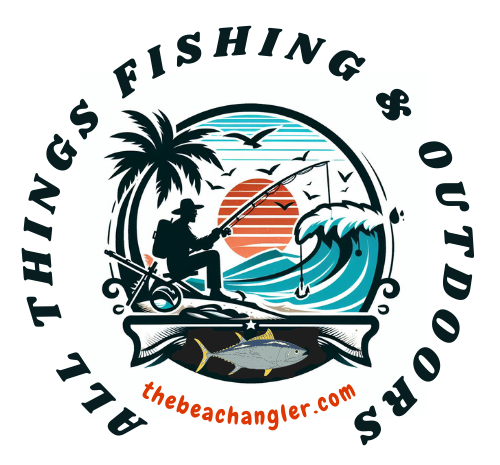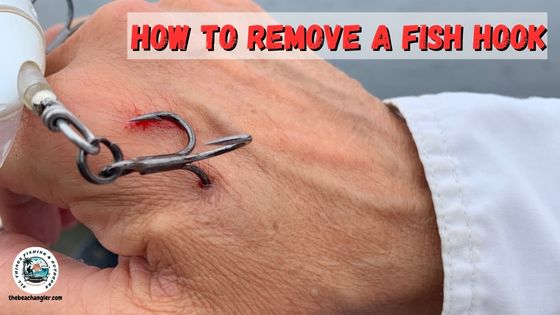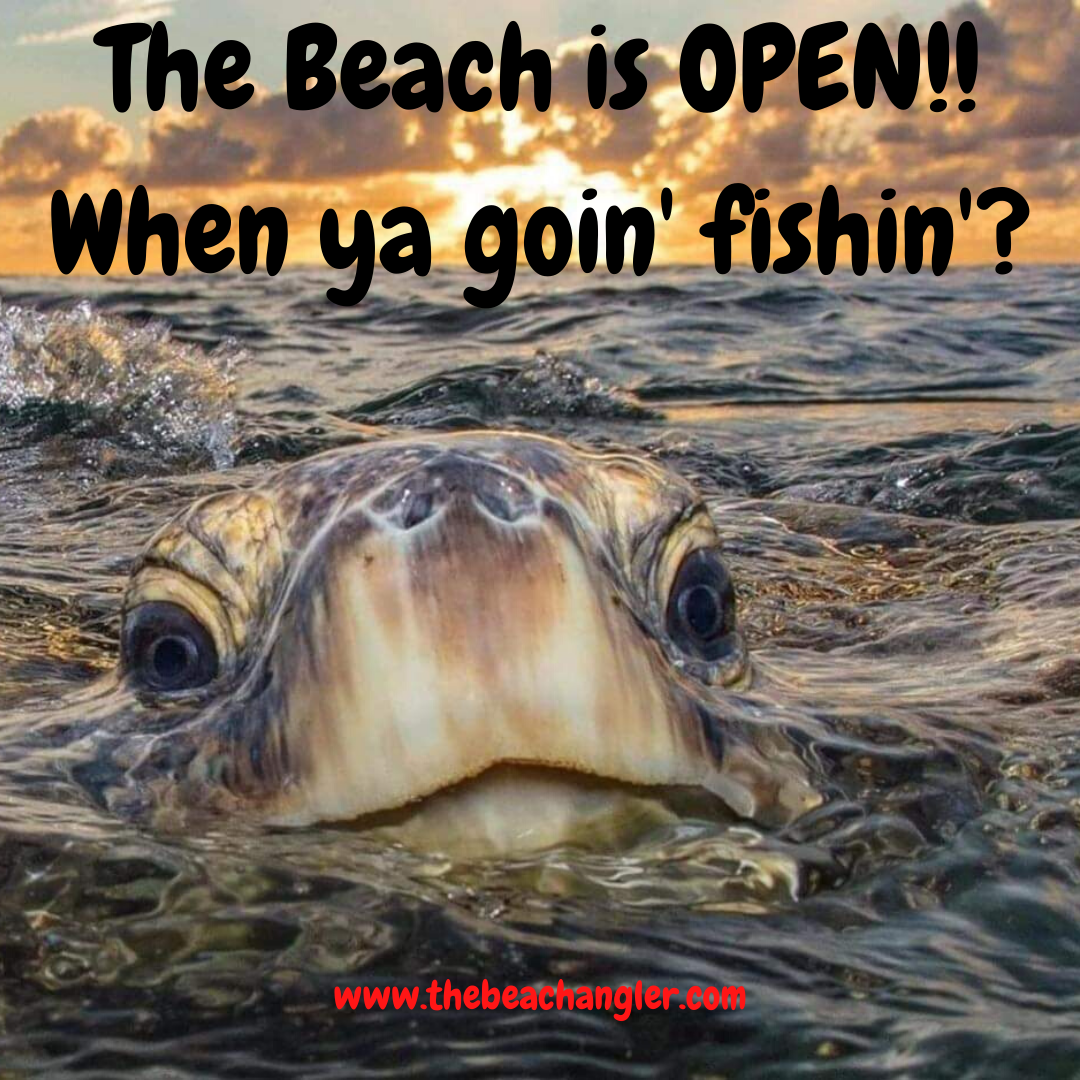If you fish long enough sooner or later you will be faced with a situation you’d probably rather avoid, you or someone you know will get a fishing hook in their person. When that happens you need to know how to safely remove a fishing hook.
QUICK LOOK: 7 Tips to Safely Remove a Fishing Hook
- Assess the Situation – How deep is the hook embedded and where?
- Clean and Disinfect – clean the wound area and apply disinfectant.
- Remove the Hook – Using either the push-through, string yank or Medical professionals.
- Stop the Bleeding – apply pressure with a clean cloth or bandage.
- Apply Antibiotics – Antibiotic creams or sprays to prevent infection.
- Cover Wound – Use clean gauze or bandage to cover the injury and change it often.
- Watch for Infection – Check the wound daily for signs of infection and if found seek medical help immediately.
I’ve experienced it first hand as well as helped others with fishing hook injuries it is very painful and can ruin an otherwise great fishing trip. And, as with any unexpected injury, you need to keep your cool and I understand it’s easier said than done, but it’s vital to minimize further damage.
Follow along and we’ll take a look at some of the tried and true methods to remove a fishing hook safely and effectively by guiding you through the immediate steps and considerations when dealing with a fish hook injury. Trust me, knowing what to do before such an incident occurs can save you a lot of trouble and pain down the road.
If Someone Gets Hooked First Assess the Situation
Before we talk about how to safely remove a fishing hook from someone it’s critical to first size up the situation. Take a look at the affected area and consider the type of hook and how deeply it’s embedded. Is it a simple single hook, or are we dealing with a treble hook nightmare?
Is it one of several hooks on a rig or lure? Is there a live thrashing fish on the line as well? All things you need to take note of before you can even begin to attempt to remove a fishing hook. I was wade fishing San Luis Pass near Galveston Texas with my dad when he took a treble hook from a mirrolure 52M series to the back of his hand.
Now these lures have three treble hooks and unfortunately for him not only was one in his hand but one was still in the mouth of a large speckled trout and the other was tangled in his dip net. Not a fun situation. I waded over and was able to unhook the fish and untangle the lure from the dip net. Then we could assess the situation of the embedded remaining hook.
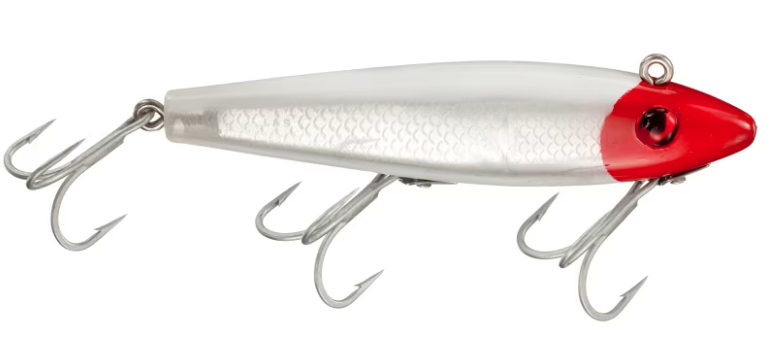
Once you have the situation assessed you’re going to need some tools. I’m talking pliers with wirecutter, scissors, and maybe even a pair of gloves to protect your hands. You’ll also want some antiseptic to clean the area before and after removal. We were over a mile from our vehicle and waist-deep in the pass.
There were no gloves or antiseptic but we did have fishing pliers with wire cutters. I was able to cut the embedded hook off the lure and cut off the other two hooks from the treble hook and we went back to fishing. 😉 Unfortunately, the remains of the hook would occasionally get bumped or hang on his shirt when casting so we had to reassess the situation.
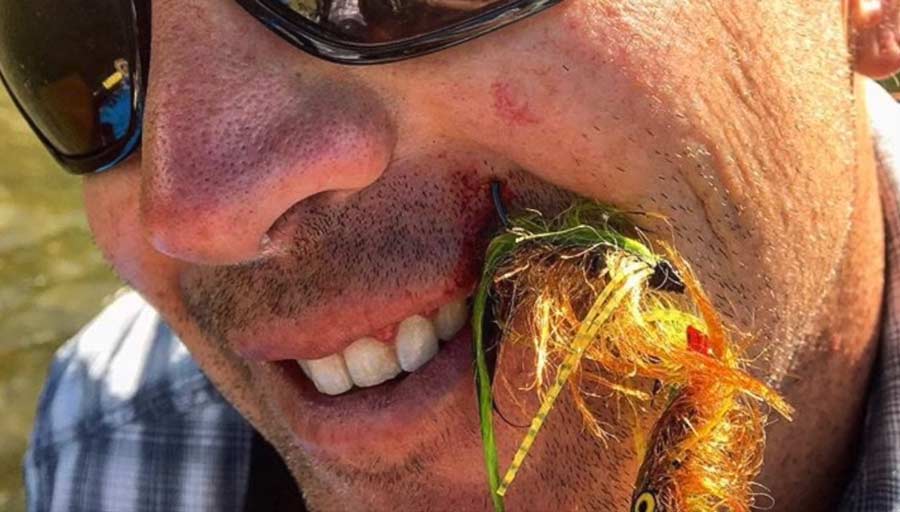
I would not recommend you keep fishing without removing the hook and treating the wound. Lucky for us — that hook wasn’t deeply embedded, or anywhere near his face, eyes, arteries, or major joints, when it is you should skip the DIY removal. This is when you go straight to a healthcare professional; they’re equipped to handle it without causing more harm.
For example, let’s say the hook is relatively superficial. You’ve got this. But before you proceed, you need to prepare the area. First, remove the hook from the rig or lure and clean around the hook with some antiseptic wipes or solution.
If you’re the one hooked and on your own, you might have to be a bit of a contortionist, but it’s important to get that area as sterile as possible to reduce the risk of infection. Now, you’re ready to tackle the actual removal.
Step-by-Step Guide on How to Remove a Fishing Hook
If you’re dealing with a fish hook embedded in your skin, it’s crucial to understand the removal process thoroughly. I’m going to guide you through a couple of tried-and-true methods to get that hook out safely.
Let’s start with the push-through method. This technique works best for hooks that are deeply embedded. We ultimately used this method with the hook in my dad’s hand.
The idea here is to gently push the tip of the hook through the skin to reveal the barb. Grab the hook shaft with pliers or forceps and push the barb through the skin.
This will be painful so if you have a first-aid kit with numbing or cold spray, use it to deaden the area first. If not, try to keep the injured angler as still as possible during the process. Once you can see the barb, you can snip it off with a pair of wire cutters and then smoothly back out and remove the rest of the hook.
Now, for shallow hooks, where the barb is just below the surface, the string-yank technique might be the best bet. If you have some, take some ice and hold it on the injured area to numb it. Or cold spray if available. Then you’re going to tie some fishing line or dental floss around the bend in the hook.
Then, press down on the shank to disengage the barb and give a sharp pull on the string. This method can pop the hook out quickly, without pushing it deeper.
If these methods don’t work, or if you’re not comfortable trying them, it’s okay to seek professional medical help.
Whatever you do don’t force it. Forcing the hook out incorrectly can cause more damage. Protect the injury and immobilize the hook until you get to medical care. I know from experience that when you have a fishing hook lodged in your skin, everything seems to bump it or hang up on it.
Administering First Aid After You Remove a Fishing Hook
OK, you’ve been able to successfully remove the fishing hook — great job! But your work isn’t done yet. Immediate first aid is crucial to prevent infection and promote healing. First, if at all possible, wash your hands with soap and water to avoid introducing new bacteria to the wound.
Next, gently clean the injured area with mild soap and fresh water, antiseptic spray, or alcohol to remove any debris and bacteria that may have been on the hook or your skin.
If there’s bleeding, apply gentle pressure with a clean cloth or bandage until it stops. Next, apply an antibiotic ointment to the area to further reduce the risk of infection.
Cover the wound with a sterile bandage or gauze, and change it regularly to keep the area clean and dry.
Keep a close eye on the area over the following days. Watch for signs of infection, such as increased redness, swelling, warmth, or pus.
Sometimes, despite your best efforts, bacteria can enter the wound and lead to infections, including those caused by flesh-eating bacteria like Vibrio.
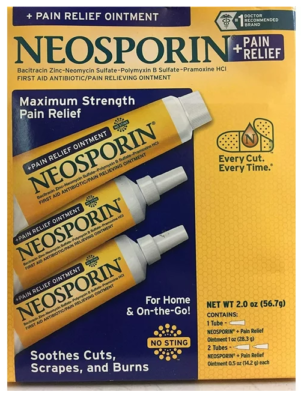
Also, if the hooked person hasn’t had a tetanus shot in the last 10 years, it’s a good idea for them to get one as soon as possible. Tetanus bacteria can enter the body through wounds, including those from fishing hooks, and it’s better to be safe than sorry.
Understanding and Preventing Flesh-Eating Bacteria Infection
Congratulations, you’ve managed to remove a fishing hook from your skin and have followed proper first-aid procedures—great job! Still, there’s something you need to watch out for the risk of infection, specifically from flesh-eating bacteria.
Now what is flesh-eating bacteria? It’s a rare but serious condition caused by bacteria like Vibrio vulnificus, which can thrive in certain marine environments like those with brackish or stagnant waters.
You need to understand how to prevent a bad situation from turning worse. First, let’s clarify that not every cut will lead to such an extreme infection. Most never do and will heal up just fine.
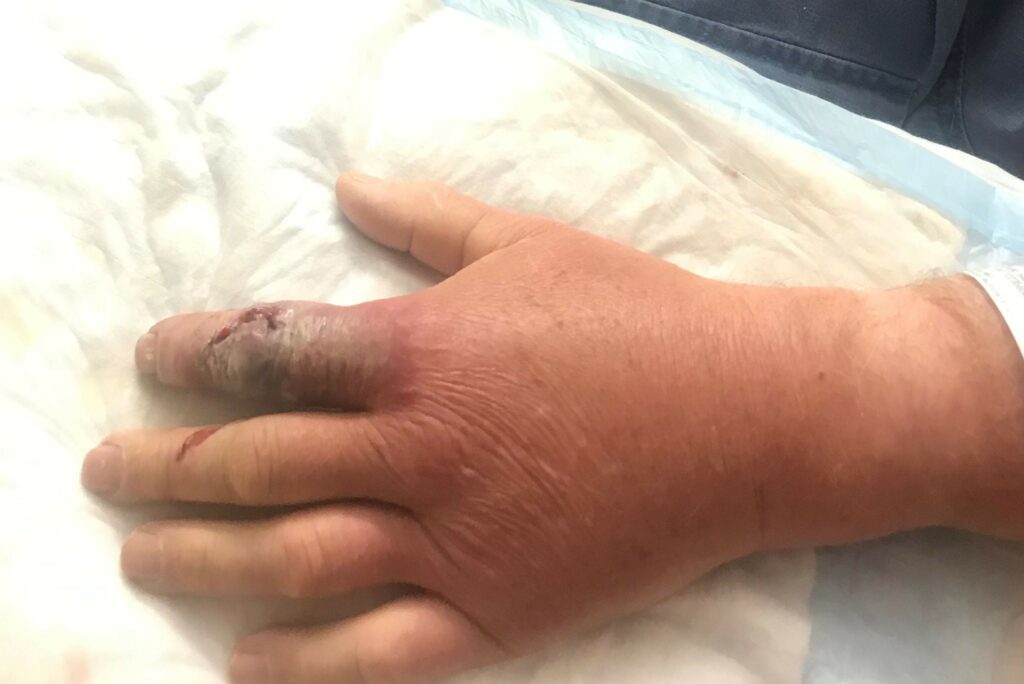
However, if you’ve been fishing in brackish water or near coastal regions where Vibro bacteria have been detected, the chances might be slightly higher. So, to be on the safe side, after you remove a fishing hook and administer first aid, keep a close eye on the injury.
If you notice any redness, swelling, heat, or drainage, don’t hesitate—get to a doctor right away. These could be signs of a bacterial infection needing prompt medical attention. And Vibrio is nothing to mess with and can be deadly.
FAQ’s About How to Remove a Fishing Hook

What should I do if someone gets hooked while fishing?
Stay calm and assess the situation. Ensure the person is stable and not in immediate danger.
Should I remove a fishing hook immediately?
Not necessarily. Evaluate the hook’s location and how deeply it’s embedded before deciding on the best course of action.
How do I know if the hook is deeply embedded?
Look at how much of the hook is visible and assess any pain or resistance when attempting to move it.
What if the hook is only superficially embedded?
If the hook is barely in the skin, you may be able to back it out with minimal effort. Use sterilized tools if available.
What if the hook is deeply embedded or near sensitive areas?
Seek medical assistance. Attempting to remove a deeply embedded hook on your own can cause further injury.
How can I minimize pain and discomfort during hook removal?
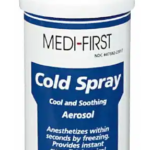
Apply a cold pack or ice wrapped in a cloth to numb the area before attempting removal. Or, if available, use a numbing spray.
Should I cut the fishing line before removing the hook?
It depends on the situation. In some cases, cutting the line may make removal easier, but in others, it may cause more harm.
What if the hook has multiple barbs?
Take extra care during removal to minimize damage. If unsure, seek professional medical help.
Is there a specific technique for removing a fish hook?
Yes, there are several techniques, including the push-through method and the string/yarn pull method. The choice depends on the hook’s location and depth.
Should I clean the wound after hook removal?
Yes, it’s essential to clean the wound thoroughly with soap and water to prevent infection.
When should I seek medical help for a fish hook injury?
If the hook is deeply embedded, near vital areas, or if you’re unsure about the removal process, it’s best to seek medical attention promptly.
What if the person experiences excessive bleeding after hook removal?
Apply pressure to the wound with a clean cloth and seek medical help if bleeding doesn’t stop or if it’s severe.
Remember to clean and disinfect the wound after removing the hook. If you’re unsure or the situation is severe, seek medical attention promptly.
Final Thoughts on How to Remove a Fishing Hook from Somone
I hope that you never have to encounter someone getting a fishing hook in themselves, but it’s crucial to be informed and ready just in case. If it happens, be sure to wash your hands and the wound with soap and freshwater or with a disinfectant immediately and assess the severity of the injury.
And remember, in cases where you’re not confident about DIY first aid or hook removal, or if there are signs of a severe infection, or excessive bleeding, getting professional medical help is the best course of action.
By being proactive about your health and understanding how to deal with emergencies, you’re setting yourself up to handle unpleasant situations in a way that can minimize the damage and risks of infection. With proper techniques and first aid, you can save your fishing trip and you or your fishing companions hide. 😉
As always, stay safe, enjoy the journey and please try to leave it cleaner than you found it. If you have any comments, questions, ideas, or suggestions please leave them in the comment section below and I’ll get back to you ASAP. You can follow us on Facebook: Rex The Beach Angler, Instagram: thebeachangler7, Twitter: @AnglerBeach, and YouTube: Man Art Creations.
Check our Latest Articles:
- 5 Features The Z-Man HerculeZ Swimbait

- 7 Tips for Fishing Gulf Of Mexico Nearshore Rigs In Texas

- 6 Top Features of Okuma Hakai Baitcast Reels
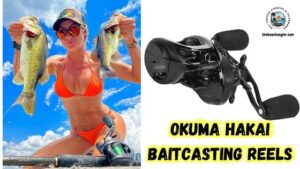
- The Daiwa Lazy Fashad

- Fishing For Pacific Coast Rockfish and the Challenges they Present

- Z-Man Big BallerZ

P.S. – Thanks so much for checking out our blog we really appreciate it. Just so you know, we may receive a commission if you click on some of the links that appear on our site. This helps us keep our content free and up-to-date for everyone. We appreciate your support!
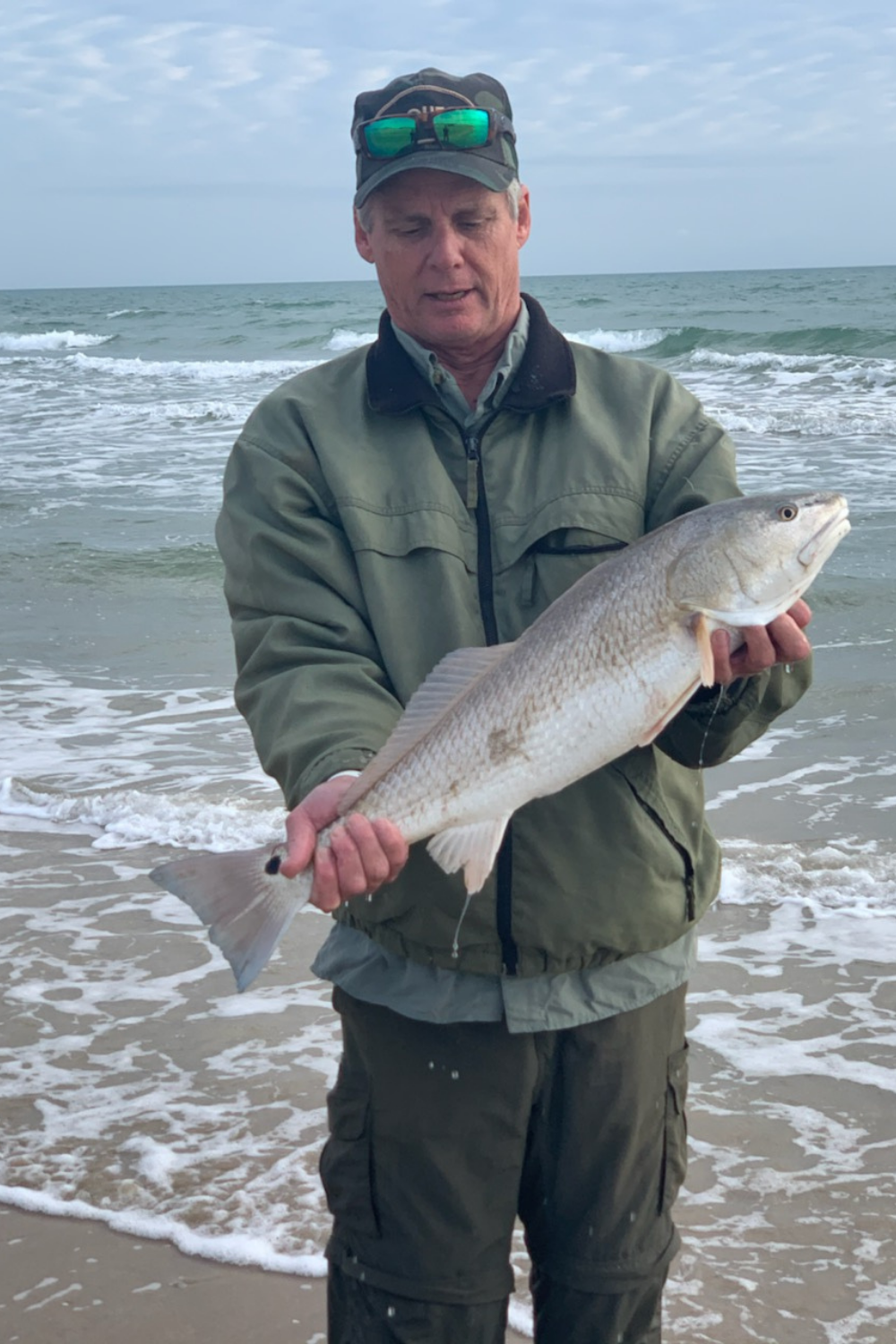
A life long surf fisherman with 50+ years of experience, I am also an avid hunter and outdoorsman. I will be sharing my passion for the outdoors with you so be prepared for hunting, fishing, camping, hiking and more. Along with gear reviews and the latest trends and innovations in the outdoor industry.
